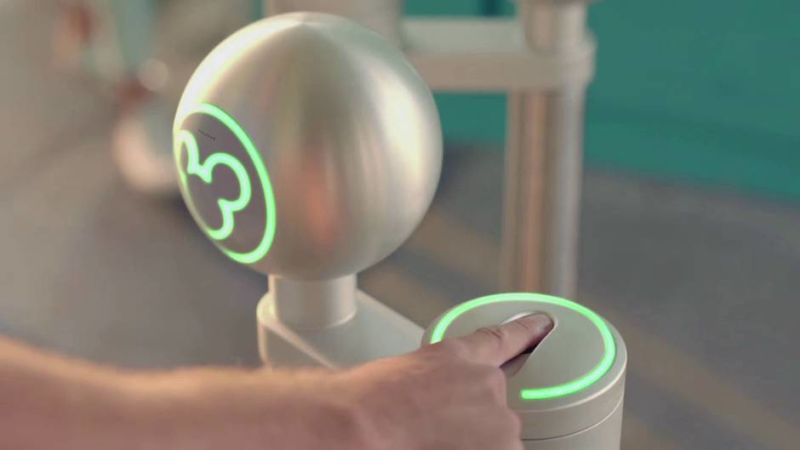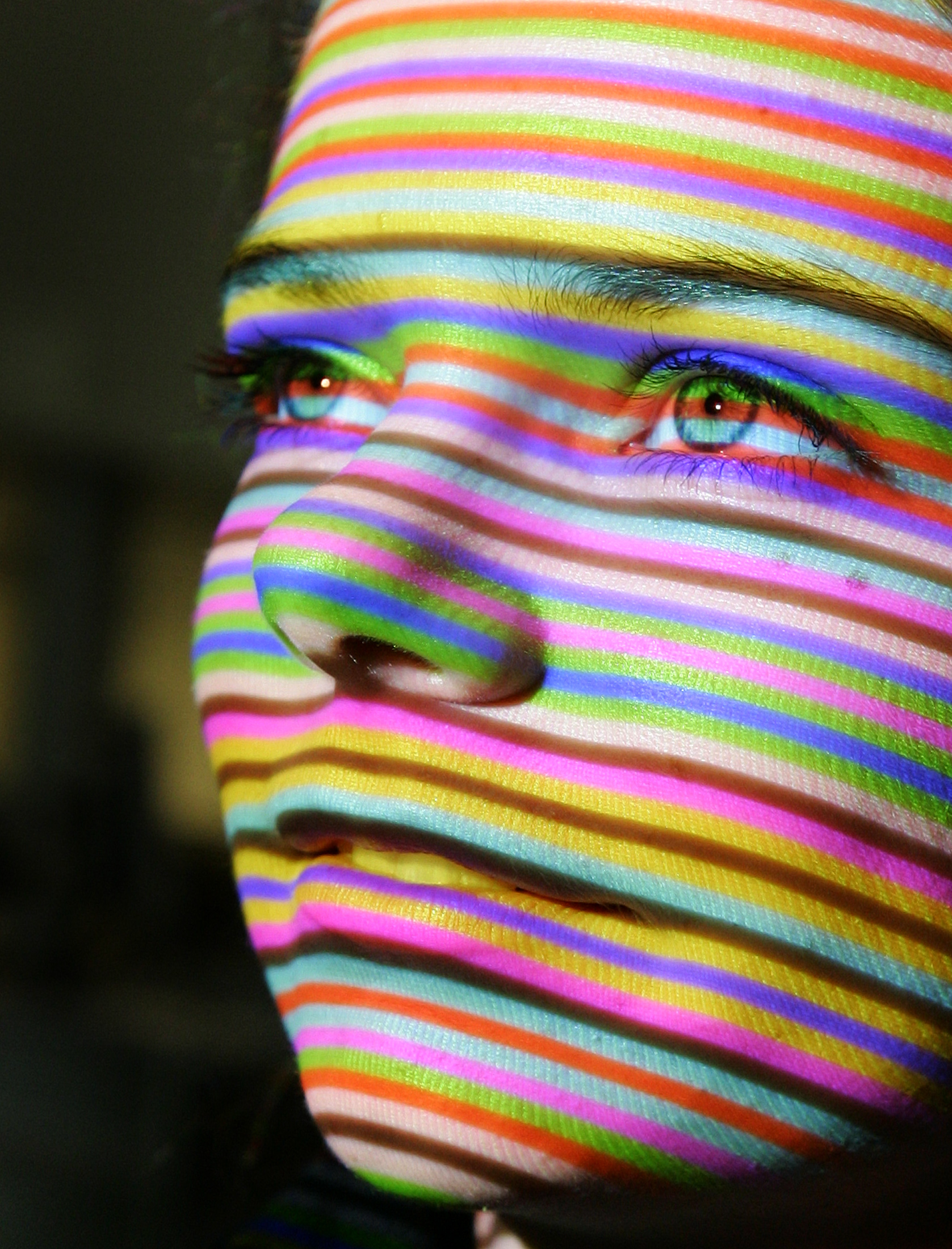From governmental welfare distribution to customized vacation experiences, the latest advancements in biometrics technology span diverse industries and create a whole new crop of privacy concerns.
As technology becomes a pivotal part of our everyday lives, we are increasingly willing to provide personal information in exchange for a more effortless and interactive experience. The latest technology that helps organizations capitalize on this opportunity is known as biometrics.
What is biometrics technology?Biometrics is the science and technology of analyzing human body characteristics. Divided into two basic categories, biometrics technology collect data from physical or behavioral attributes related to the human body. Examples of physical biometrics in use today include facial recognition, iris recognition and fingerprint recognition while examples of behavioral biometrics include walking patterns, gestures and voice recognition. Behavioral biometrics can be viewed as the body’s handwriting as it moves through the world. |
|
Uses of biometrics in today’s society
Companies and government agencies are increasingly using biometrics systems in a variety of applications including identification, personalized experiences or surveillance.
Walt Disney World theme park in Florida is taking full advantage of biometrics, using wearable technologies and finger-printing to create an especially magical experience for their guests. After receiving a customized wristband and placing their index finger on a biometric scanner, Disney guests gain entrance to the theme park—and enjoy completely personalized service throughout their stay.
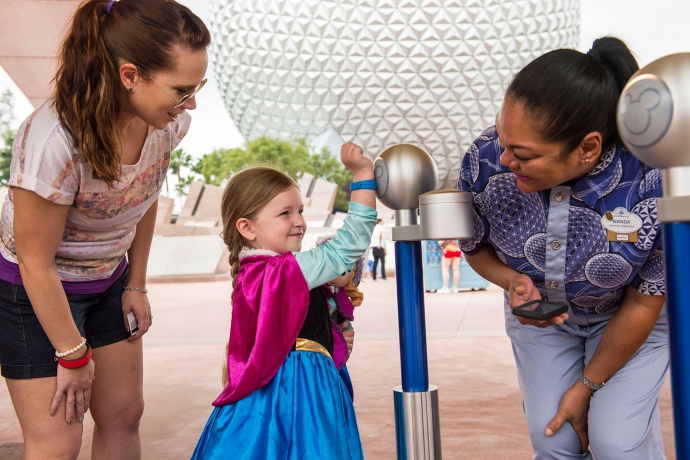
For example, each of Disney’s MagicBands are equipped with a short-range radio frequency identification chip. The wearables track visitors as they flow across the park and link to their credit card, allowing them to do everything from reserve rides to place food orders without standing in long lines.
Behind the scenes, Disney’s program has become one of the largest commercial applications of biometrics technology and wearables in the world. And they’re not alone.
For years now, companies like Disney have been collecting your biometric data and using it to subtly encourage you to engage and spend more. But at what cost?
“In general, data privacy is a broad topic that encompasses both issues pertaining to technology and policy,” says Joyce Shen, Sr. Director, Emerging Tech Investments for Thomson Reuters. “In this case, you could argue that users are willingly providing information as they know that this is part of the deal for entering Disney in the U.S. in exchange for better and faster service. From a technology perspective, Disney is using biometrics to both authenticate customers and to provide personalized services. There is an implicit contract between the customers and Disney whereby customers trust Disney with their personal data in exchange for services.”
What else can biometrics technology be used for?
The uses for biometrics are vast and benefit not only commercial organizations, but also governmental agencies and service providers. These groups are turning to biometrics for identification or surveillance purposes. For example, Hong Kong and India use fingerprinting for border control and welfare distribution programs.
Though fingerprinting is the most common form of biometrics, adoption of other physical biometric attributes – such as those captured from our eyes (the iris), palm or face – are on the rise. Furthermore, researchers are moving into new frontiers with the aim of improving everything from security to healthcare. As Prof. Dimitris Hatzinakos of the University of Toronto’s Biometrics Security Lab points out, there are three areas where the footprint of biometrics systems are expanding.
Three burgeoning applications of biometrics technology
|
|
|
|---|---|
Measuring movementScientists are working on measuring gait – the way people walk and move. Naturally, this behavioral biometric is most suited to serve surveillance analysis. |
|
The beat of your heartPhonocardiograms could potentially change the way that heart ailments are diagnosed. Some cardiac defects are best detected by the sounds that your heart makes. |
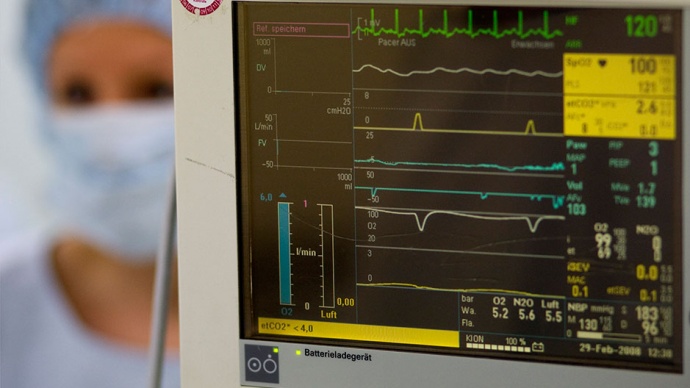 |
Typing recognitionResearchers are working on keystroke dynamics, a behavioral biometric that analyzes the speed and the pressure exerted on each key when you type. This could improve identification verification services so that sensitive information such as health care data can be shared online. |
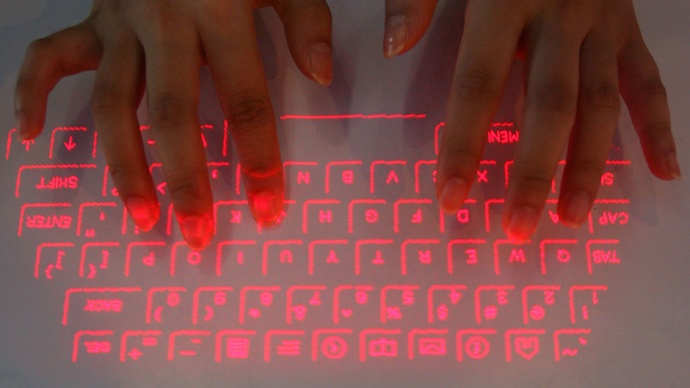 |
Convenience vs data privacy
As biometrics becomes more pervasive for personal data collection, a whole new crop of privacy considerations emerge, particularly when it comes to safeguarding information and understanding cross-jurisdictional concerns.
“We are witnessing a new generation of privacy challenges arising from the combination of seemingly innocuous and non-sensitive bits of personal information to derive insights into personal behaviour,” states a recent report on wearable computing from the Office of the Privacy Commissioner of Canada (OPC).
The report says people already find it challenging to decide what information to disclose. What’s more, most don’t fully understand how their private data may be used, or combined with other data, in the future. Those worries are expected to grow given the popularity of products such as the Apple Watch and fitness-tracking products like Fitbit and Nike’s Fuelband—all of which are constantly collecting, processing and sending data.
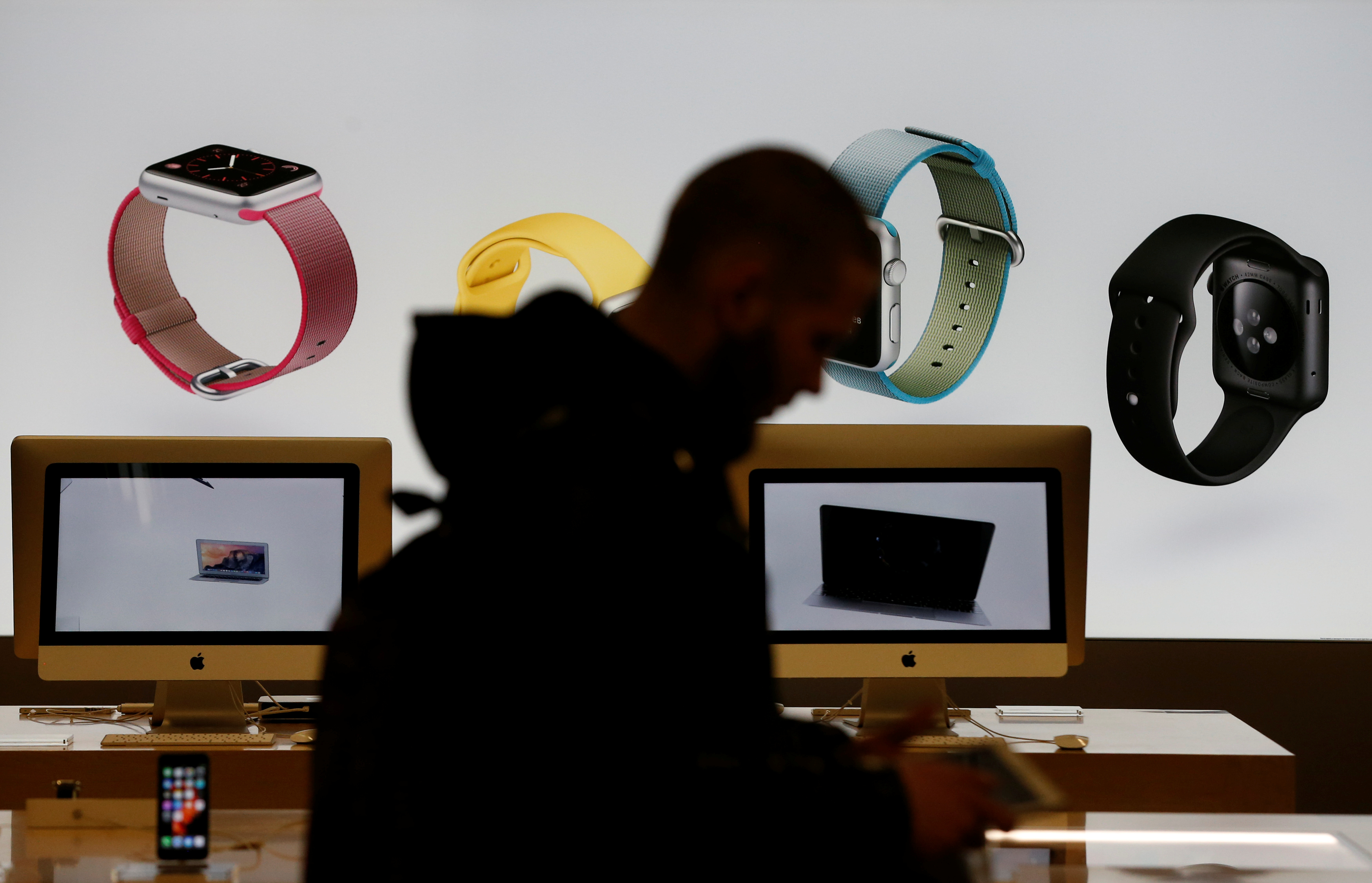 “It’s convenience versus privacy,” says Jason Thomas, manager of innovation for the Government Segment of Thomson Reuters.
“It’s convenience versus privacy,” says Jason Thomas, manager of innovation for the Government Segment of Thomson Reuters.
“The question it comes down to is this: Are you willing to enable giving up that privacy in order for things to be more convenient? It’s a personal risk decision.”
“There are many companies now collecting personal data, most consumers have lost track of what they’ve allowed,” Thomas says. Further, the long-term risk is that biometric data could become yet another tool in the arsenal of an identity thief. While clearly the collection of biometric identifiers (like fingerprints, voice patterns, retina, iris and facial scans) could put users at risk, others worry harsh laws could hamper innovation.
“Data privacy (and also digital identity) will go through a series of inflection points in the next few years,” says Shen. “It will be about policy and what consumers care about or not. The control over personal data will move toward consumers, and this shift of control will also be aided by emerging technologies and solutions.”
Learn more
How do you find meaning in biometrics data? Check out recommendations from Dr. Andrew Fletcher and our innovation teams on how to extract value from new sources of data.
When combined with wearables, the possibilities for biometrics technology seem endless. But how do you clarify the line between convenience and privacy? See what three wearable technology startups have to say about data privacy.
Join the conversation
What industry will biometrics technology explore next? Let us know what you think in the comments below.
